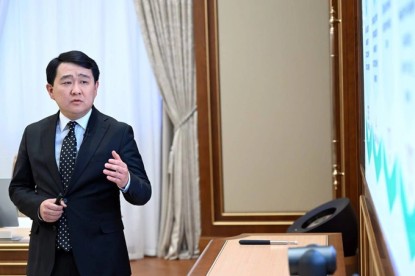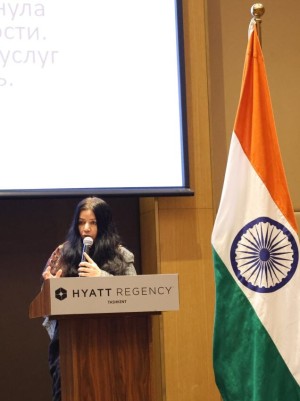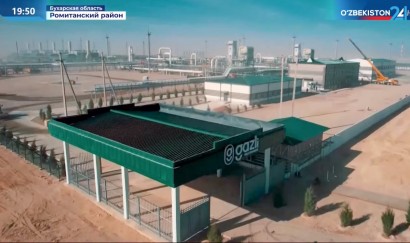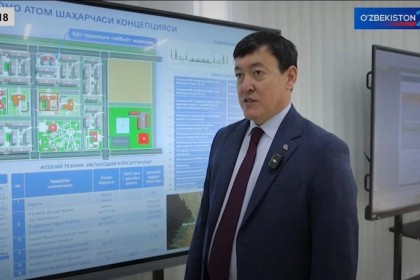Monitors from the International Labour Organization (ILO) have found that "the systematic use of child labour in Uzbekistan’s cotton harvest has come to an end over the past few years and that concrete measures to completely end the use of forced labour are being implemented."
These conclusions were discussed at a roundtable in Tashkent on 30 November 2017. The roundtable was attended by members of the Uzbek Coordination Council on Child Labour and Forced Labour, including government representatives, employers and trade unions of Uzbekistan, the development partners, diplomatic representatives, the ILO and the World Bank. The findings will be formally presented to the World Bank in a report, which will be released in early 2018.
The most compelling signals of change were given by the President of Uzbekistan, Shavkat Mirziyoyev, in his speech at the General Assembly of the United Nations in September, and by the subsequent measures taken nationally to implement a policy of voluntary recruitment for the cotton harvest. Uzbekistan also pledged to engage with independent civil society groups at the IV Global Conference on the Sustained Eradication of Child Labour, held in Argentina on November 14–16, 2017, and meetings with the civil society activists already took place prior to the Roundtable.
During the harvest, the ILO experts carried out 3,000 unaccompanied interviews with cotton pickers and others involved in the harvest in all provinces of the country. This covered local authorities, and education and medical personnel. In addition, a telephone poll of 1,000 randomly selected persons was conducted. Before the harvest, the ILO experts organized training for some 6,300 people directly involved with the recruitment of cotton pickers.
The results confirm that there is a high level of awareness of the unacceptability of both child and forced labour. There is no systematic use of child labour, and instructions have been given and measures undertaken to ensure that all recruitment of cotton pickers is on a voluntary basis. Certain risk groups (students, education and medical personnel) were withdrawn from the harvest at its early stage.
The picture emerging to the monitors was one of intensifying efforts to ensure voluntary recruitment. The monitoring and assessment confirms that the large majority of cotton pickers engage voluntarily in the annual harvest. They have received wages which have been increased this year in line with recommendations by the ILO and the World Bank. Furthermore, productivity was comparable to previous harvests.”
Some of the issues observed at the local level show that there is a need for further awareness raising and capacity building, which varies somewhat between provinces and districts. All those involved in recruitment should have the information and tools needed to ensure that cotton pickers are engaged in conformity with international labour standards.
The prohibition of any forced recruitment of students or education and medical personnel appears to be well known. Among the issues observed at the local level, the pattern of requesting various fees for replacement pickers has not yet been eliminated. In the immediate future, it is important to make sure that no recruiter should ask for such payments, and that no one should feel obliged to make them.
The Feedback Mechanism is getting to be better known and used, and a certain number of cases reported to it have been solved. It is important to develop this mechanism so that it is accessible and can react in a timely fashion to different issues raised, ranging from immediate problems to specific violations which call for institutional and judicial follow-up.
The 2017 cotton harvest took place in the context of increased transparency and dialogue. This has encompassed all groups of civil society, including critical voices of individual activists. This is an encouraging sign for the future. An all-inclusive exchange of information creates a solid basis for employment and labour market policies not only in agriculture but throughout the economy.















